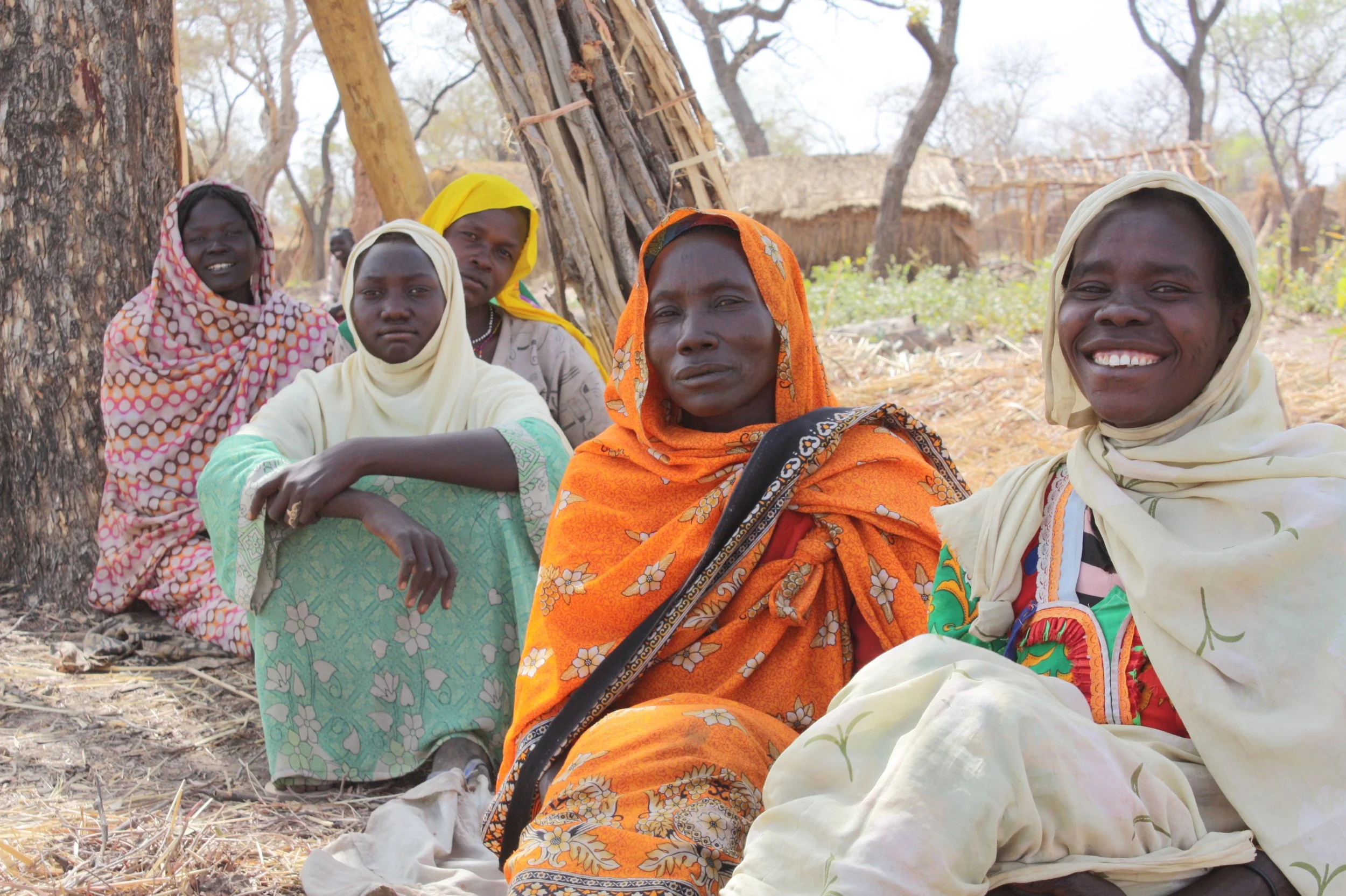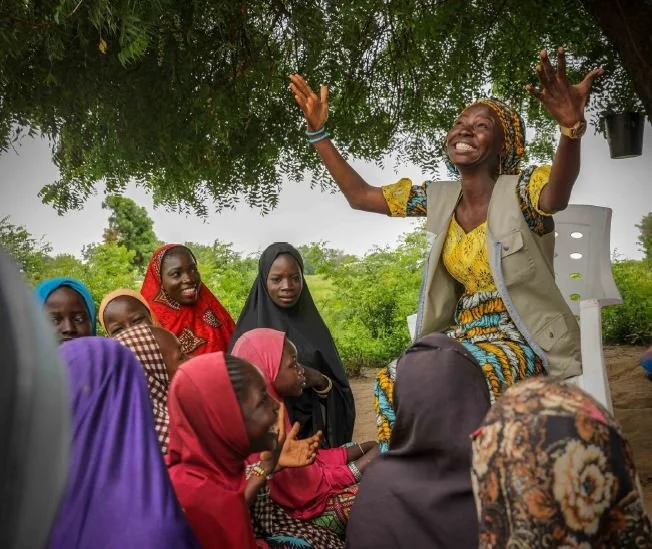What does Dioptra do?
Use Cases
What is Dioptra? Dioptra is a web-based cost analysis tool that enables program staff at humanitarian and development organizations to rapidly estimate the cost-efficiency of their program interventions, using existing financial and monitoring data. There are two key cases where Dioptra provides the greatest value: (1) Sectoral Learning, exploring the typical cost-per-output of common activities and analyzing how their cost-per-output is driven by differences in activity design or program context. (2) Performance Management, where we analyze the cost-efficiency of a program periodically and compare to benchmarks for that activity, and assess whether greater reach might be possible if the program design were adapted.
Where does the name “Dioptra” come from? A dioptra is an astronomical and surveying instrument from the 3rd century BC. It is a simple tool used by Greek astronomers and engineers to measure the relative positions of stars, advance the science of astronomy, and achieve incredible feats of engineering. In the same way, the Dioptra cost analysis tool is a simple tool that can help to measure the relative cost-efficiencies of program interventions and advance our knowledge on ways to increase reach and impact for people in need.
Catholic Relief Services (CRS) analyzed the cost-efficiency of improving agricultural productivity in Senegal rural areas through capacity strengthening of Private Agricultural Service Providers (PASPs), who in turn support young men and women farmers and existing Savings and Internal Lending Community- (SILC) groups with access to quality agricultural inputs, technical services, training, and markets, to increase production, yields and revenue.
Catholic Relief Services (CRS) analyzed the cost-efficiency of preventing and treating Moderate Acute Malnutrition in children under the age of 5 years through the community‑based supplementary feeding program “Tom Brown” in Nigeria.
Catholic Relief Services (CRS) analyzed the cost-efficiency of improving literacy outcomes of in-school children in Sierra Leone through interventions of promoting literacy, teacher professional development, strengthening school management and administration, daily nutritious hot meal provision, promoting health and nutrition practices, and supporting caregivers.
Catholic Relief Services (CRS) analysed the cost-efficiency of the Blue Harvest model which incorporated water-smart approaches resulting in a unique set of simple, proven practices, tools and methods that are tailored for resilient coffee production in rural Honduras and Nicaragua.
Catholic Relief Services (CRS) analyzed the cost-efficiency of an integrated, locally led response, offering holistic food security, livelihood, health and nutrition packages to meet families’ immediate needs and strengthen household and community resilience to new shocks and longer-term precarity in Sahel Regions’ Liptako-Gourma.
Catholic Relief Services (CRS) analysed the cost-efficiency of Multi-Purpose Cash Assistance (MPCA) to meet immediate needs and agricultural productivity support through provision of technical training and agricultural inputs provided to vulnerable and food insecure households in the Eastern and Western regions of El Salvador.
This case study summarizes an analysis conducted by Catholic Relief Services (CRS) with support from World Vision (WVI), World Agroforestry (ICRAF), and International Refugee Committee (IRC) using the Dioptra tool to assess the cost-efficiency of the Regreening Africa program, which addresses agricultural land degradation by decreasing soil erosion, increasing soil organic carbon, and improving total farm income of farmers engaged in the restoration actions. In Ghana, Farmer Managed Natural Regeneration (FMNR) was implemented, complemented by tree growing through planting and grafting. In Rwanda, the program promoted the practice of agroforestry with complementary soil and water conservation measures. Value chain and policy options were also pursued to create incentives and an enabling environment for practice change.
Catholic Relief Services (CRS) analysed the cost-efficiency of Multi-Purpose Cash Assistance (MPCA) provided to households affected by Hurricanes Eta and Iota in Izabal and Alta Verapaz departments in Guatemala.
Mercy Corps conducted a Value for Money (VfM) analysis of multi-purpose cash assistance (MPCA) interventions implemented in Sudan between July 2024 and March 2025. The programme provided critical, multi-sectoral emergency support to populations affected by conflict and displacement across eight regions. The analysis reviewed efficiency, effectiveness, and equity, contributing new VfM evidence on MPCA interventions in Sudan.
Catholic Relief Services (CRS) using the Dioptra tool to assess the cost-efficiency of teacher training programs delivered remotely or in-person in Honduras. Teacher training in Honduras cost between $83 and $162 per teacher-day, and the variation in costs appears to be partly explained by training modality, with remote trainings cost less than in-person trainings. Learn more.
The VenEsperanza Emergency Response Consortium (VE) analyzed the Value for Money of MPCA distribution in Colombia between 2019-2022, and identified several trade-offs between efficiency, effectiveness, and equity. The MPCA transfer value was not sufficient to cover households’ basic or food needs, and should be increased to increase effectiveness. Using proxy means testing to reduce targeting errors and ensure that the program reaches the most vulnerable was more resource intensive. Learn more. Ver en español.
Danish Refugee Council analyzed the cost-efficiency of MPCT in Uganda in 2022. They found that efficiency was affected by the amount of cash transferred as well as local contextual price levels. Lighter touch client verification and multi-month transfers could further reduce costs, if appropriate. Learn more.
The Nigeria Joint Response used Dioptra to estimate the cost-efficiency of latrine construction and hygiene kit distribution. National NGOs can serve the hardest to reach clients but must be funded at the same scale as international NGOs to achieve their value-for-money potential in terms of efficiency and effectiveness. Learn more.
This case study summarizes an analysis conducted by Catholic Relief Services (CRS) in Malawi using the Dioptra tool to assess the cost-efficiency of the Graduation Model, which is a holistic approach combining consumption support, livelihoods training and start-up provision, financial inclusion, and targeted messaging to reduce extreme poverty and improve economic self-reliance. Learn more.
The IRC analyzed the cost-efficiency of family planning services in Ethiopia, Somalia, South Sudan, and Uganda. They found that investments in community engagement and service provider training in Uganda and Somalia resulted in a relatively high uptake of long-acting methods, which are particularly cost-effective. Learn more.
The Nigeria Joint Response used Dioptra to estimate the cost-efficiency of child-friendly spaces. Where children are fully integrated into formal schooling, sessions that align with school schedules could maximize reach. Where existing structures are available, rehabilitating rather than constructing child-friendly spaces could save staff time and costs. Learn more.
The Nigeria Joint Response used Dioptra to estimate the cost-efficiency of micro-enterprise management training and treatment of malnutrition. The NGO type (international/local) was not a major driver of efficiency; collaboration between NGOs based on their respective strengths contributed to client reach and technical quality. Learn more.
The IRC analyzed the cost-efficiency of family planning services in South Sudan. They found that some upfront investments in stakeholder engagement and health team setup did not immediately result in high uptake of contraceptive methods which can take several months to observe, therefore value for money is expected to improve over time as more clients seek and receive services. Learn more.
CARE used the results from a Dioptra analysis to start an analysis of how different transfer amounts of conditional cash for education and protection in Jordan could help reduce the program’s cost per child and reach more children in need. The analyses will be supplemented by further assessments when making decisions on changes in transfer amounts differentiated by age group. Learn more.
Save the Children analyzed the cost-efficiency of the distribution of conditional cash transfer to 523 households, as well as construction of latrines for 1,900 people displaced by an earthquake in Indonesia. They found that the cost-efficiency of latrine construction was consistent with benchmarks from other contexts, given the scale of need in this case. Learn more.
CARE analyzed the cost-efficiency of protection case management, conditional cash for education, and emergency cash assistance in Jordan. They found that case manager staff time was the main contributor of case management costs, and the cost-efficiency of cash transfers depended on the number of clients referred from case management. Learn more.
The UNITE Consortium analyzed the cost-efficiency of health worker mentorship, community mobilization, family planning, and drug distribution in Sierra Leone. The efficiency of health worker mentorship was slightly higher in urban areas than in rural areas. If the number of mentors are to be reduced in order to reduce costs, the remaining mentors will need to cover more mentees and target the most critical areas for improvement during each mentorship visit. Learn more.
Save the Children analyzed the cost-efficiency of Psychosocial Support (PSS) in Myanmar. They found that delivering PSS through volunteers at mobile Child-Friendly Spaces is more cost-efficient than through fixed Child-Friendly Spaces, suggesting that it can be scaled up to address immediate needs. Learn more.
The IRC analyzed the cost-efficiency of family planning services in South Sudan in 2021. They found that efficiency increased compared to previous years of programming due to the higher uptake of services and contraceptive methods realized from initial investments in community engagement and health team setup. Learn more.
Save the Children used Dioptra to reveal a broad range of costs to run vocational training and life skill training for adolescents in India. They found that reducing targeting restrictions to reach more adolescents with life skill training and then referring the most vulnerable for vocational training could save targeting costs, reach vulnerable adolescents effectively, and minimize cost per adolescent trained. Learn more.
The UNITE Consortium analyzed the cost-efficiency of health worker mentorship, family planning, and drug distribution in Sierra Leone in 2021. While the outputs and efficiency were largely maintained during this year, quality and impact were adversely affected by significant funding cuts, therefore effectiveness is not expected to be maintained compared to the previous year. Learn more.
- Agriculture
- Cash
- Climate
- Colombia
- Education
- El Salvador
- Environmental
- Ethiopia
- Ghana
- Guatemala
- Health
- Honduras
- India
- Indonesia
- Jordan
- Latrines
- Livelihoods
- Local/National NGOs
- Malawi
- Myanmar
- Nicaragua
- Nigeria
- Nutrition
- Protection
- Psychosocial Support
- Reproductive Health
- Rwanda
- Sahel Region
- Senegal
- Sierra Leone
- Somalia
- South Sudan
- Uganda
- WASH


























